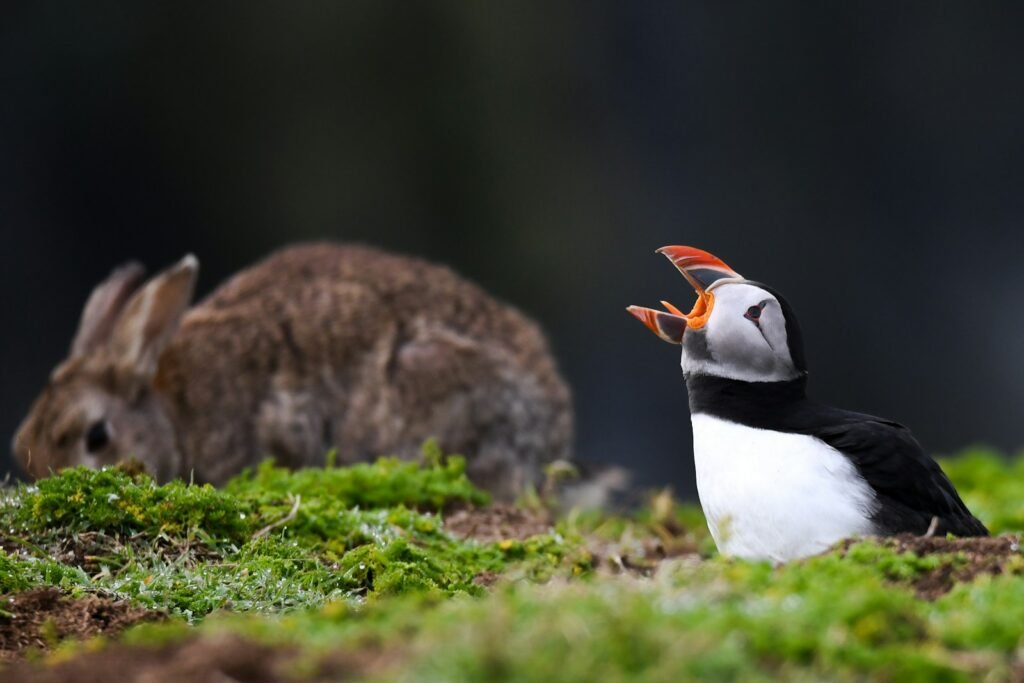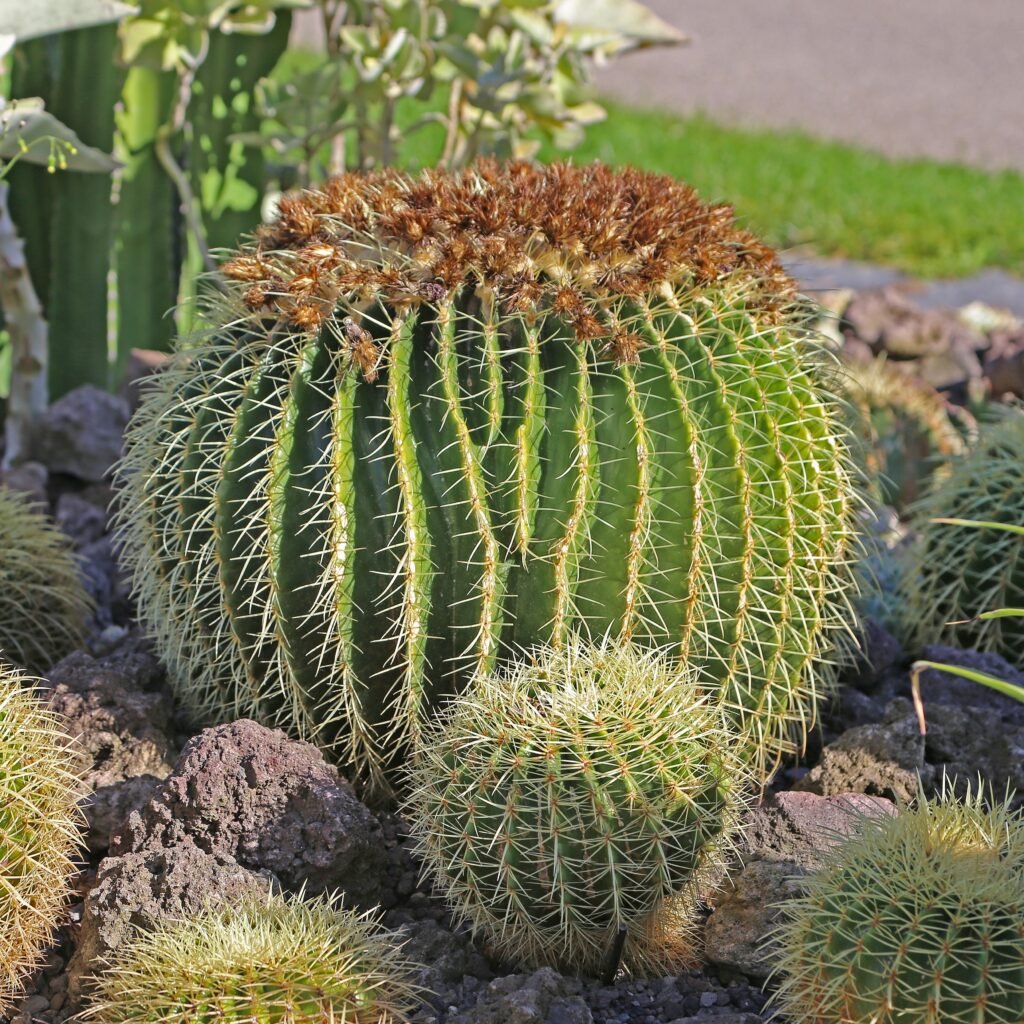On a foggy July morning off the Maine coast, the cliffs seemed to breathe – burrows humming, wings beating, the sea stitched with color again. For years, rising ocean temperatures had scrambled the puffins’ menu and dimmed their prospects, turning once-joyful seasons into tense experiments in survival. This year, though, field crews describe something different: busy burrows, beaks bright with small fish, and a chorus of hungry chicks calling from the rocks. The turnaround didn’t arrive by luck alone. It’s the payoff from patient, targeted conservation and a new kind of climate-savvy seabird science that listens to what the ocean is saying – and acts fast when it changes.
The Hidden Clues

What tipped researchers off that this season might break the mold was subtle: the shape of fish in a parent’s beak, the speed of a feeding flight, the hushed pause before a chick begged again. Biologists watched for skinny butterfish – too wide for chicks to swallow – and instead saw more slender, energy-rich prey like sand lance and juvenile herring delivered to burrows. On the water, modest patches of cooler surface temperatures formed a mosaic that favored the right fish at the right time. The islands themselves offered clues, too; fewer abandoned burrows and steadier chick weights week to week hinted that the season was holding. Put together, the picture felt like a whisper turning into a shout: the buffet was back.
I still remember standing on a slick ledge years ago and feeling helpless as adults returned with oversized prey that chicks simply could not handle. This summer felt different, almost like the islands exhaled. The quick wingbeats were confident, the provisioning runs tighter, the rhythm closer to what old-timers describe as a good puffin year. Field notebooks thickened with observations instead of caveats. It’s not triumphalism – more like relief stitched with resolve.
From Near Collapse to a Chorus of Wings

Not long ago, Maine’s puffin story was a razor’s edge. Decades of restoration had rebuilt colonies from a handful of pairs into thriving clusters spread across islands like Eastern Egg Rock, Seal Island, Matinicus Rock, and Petit Manan, only to meet new pressure from a rapidly warming Gulf of Maine. When heat-warped currents favored the wrong prey, chicks fledged at lower rates and the optimism around recovery felt fragile. Managers adjusted tactics year by year, guarding burrows and tightening protections for nesting space, but they knew the real lever was food. A colony can handle a bad storm; it cannot outrun a vanished pantry.
That’s why this season’s rebound rings so loudly. The same rocks that recently held nervous hope now host steady traffic – adults arrowing home with beaks bristling like tiny fish bouquets. Crews report more consistent feeding intervals and fewer chicks stranded at the edge of fledging weight. None of this erases the hard years, but it proves the system remains responsive when we give it a fair chance. In conservation, that’s gold.
The Tools That Turned the Tide

The recovery hasn’t been magic; it’s method. Managers use social attraction – clever decoys and recorded colony sounds – to anchor new pairs, a strategy first honed here and now exported worldwide. Predator control reduces gull pressure, while strict seasonal closures and careful human access keep burrows from collapsing or overheating in crowded moments. Field teams weigh chicks, log prey types, and mark critical thresholds so interventions can happen before a bad week becomes a bad season.
Technology carries part of the lift. Remote cameras and burrow scopes reduce disturbance while multiplying eyes on nests. Tiny data loggers trace foraging routes, helping map where adults find quality prey and how those paths shift with temperature spikes. When those maps intersect with oceanographic models, managers can predict lean windows and plan staffing, research, and outreach accordingly. It’s conservation as a living feedback loop rather than a static rulebook.
What the Science Shows

Across the season, several indicators pointed in the same direction. Chick weights trended steadier, prey deliveries skewed toward thin-bodied fish, and the average time between feedings compressed – a trifecta that usually precedes strong fledging. On transects, observers noted fewer distress behaviors like prolonged begging or adults hovering nervously near burrows without entering. The result is not a single headline number but a suite of metrics that all nudged positive together, which matters more in a system prone to whiplash.
Key takeaways many field teams watch for include:
- More frequent feedings with smaller, consistent prey rather than sporadic deliveries of oversized fish.
- Chick mass staying within healthy weekly bands, especially during late-season heat spells.
- Stable adult attendance at colonies, signaling confidence in local food conditions.
When those lines move in tandem, biologists trust the story they’re telling. This year, the lines lined up.
On the Water: Food, Fisheries, and a Warmer Gulf

Puffins are only as resilient as the ocean groceries within their commuting range, and that’s where policy counts. Adjustments to forage fish management – especially around herring and related species – shape what ends up in a chick’s beak. While nobody can legislate temperature, managers can cushion colonies by leaving more of the small fish that seabirds and larger predators depend on. In seasons like this one, when cooler bands and prey pulses align, those safeguards help translate ocean luck into chick survival.
There’s also a messy, beautiful complexity in the Gulf of Maine’s food web. In some warm years, haddock or hake fill in when herring runs thin; in others, sand lance seem to bloom at just the right moment. The point isn’t to bet on one savior species but to maintain a flexible, abundant menu. That’s what keeps a puffin from returning with a fish too wide for its chick’s gape. It’s also what keeps a colony from becoming a cautionary tale.
Why It Matters

Seabirds are ocean sentinels, and puffins are among the clearest messengers we have. When they struggle, it often means the middle of the marine food web is bending under pressure, long before our eyes can see the change. When they bounce back, as they did this season, it signals that the system still responds to smart stewardship. Compared with traditional, retrospective wildlife management, this new model is quicker, more data-rich, and tuned to thresholds that trigger action instead of postmortems.
The stakes reach well beyond bird lovers. Puffin success tracks the health of the working sea that sustains coastal communities – from lobstering families to whale-watch operators. In a world where roughly 40 percent of people live near coasts, resilient marine food webs are not a niche concern. They’re a stress test for how we manage climate risk with nuance rather than blunt force. This year’s results argue for doubling down on that approach.
Global Perspectives

Maine’s rebound lands in a global conversation. Atlantic puffins in parts of the North Sea have battled long-term declines tied to warming-driven shifts in sandeels, while some Icelandic and Arctic colonies pulse with local conditions that swing year to year. The Maine colonies sit at a climatic crossroads, where the ocean heats fast but management has been unusually adaptive. That combination makes them a bellwether for how temperate colonies might survive the century.
Lessons learned here travel. Social attraction to restore lost sites, flexible monitoring that catches trouble early, and forage-first policy can be adapted to other seabird systems. The exact fish may change, but the logic holds: protect the pantry, then protect the nest. When we share methods across borders, we buy time for species that live by timing. Maine shows that time, well used, can compound.
The Future Landscape

The next frontier is precision. Environmental DNA in seawater could flag when key prey arrive near colonies days before binoculars can, giving managers a head start. Machine learning on nest cameras can auto-score feedings and chick behavior, freeing field staff to solve problems rather than just tally them. Lightweight GPS tags will refine foraging corridors, helping agencies steer shipping, fishing, and future offshore wind siting away from critical flight lanes during peak feeding.
But challenges loom. Marine heatwaves are getting hotter and longer, and storms can shred a good season in a week. Offshore energy planning will demand careful, bird-smart design to avoid adding risk to already busy skies and seas. The goal is not to halt change – that’s impossible – but to shape it so life histories honed over millennia still fit. This year proves that’s doable; the next years will test how scalable it is.
Conclusion

If you love the sight of a puffin skimming a silvered sea, there are simple ways to help. Support organizations that safeguard seabird islands and champion forage fish protections; small monthly gifts keep field camps running and boats fueled. When visiting the coast, book responsible tours that keep respectful distances, and follow seasonal closures so burrows don’t collapse under stray footsteps. At home, choose seafood from well-managed fisheries and cut plastic waste that can drift into nesting waters.
Stay curious, too. Follow field updates, join a local coastal cleanup, and share the story of how data-savvy conservation carried these birds through a tricky decade. Every conversation makes it likelier that policymakers keep food webs in focus, not as an afterthought but as the foundation. And if you’re ever lucky enough to hear that throaty puffin call from a Maine ledge, remember: this recovery is a decision, renewed each season by people willing to listen to the sea and act on what they hear.

Suhail Ahmed is a passionate digital professional and nature enthusiast with over 8 years of experience in content strategy, SEO, web development, and digital operations. Alongside his freelance journey, Suhail actively contributes to nature and wildlife platforms like Discover Wildlife, where he channels his curiosity for the planet into engaging, educational storytelling.
With a strong background in managing digital ecosystems — from ecommerce stores and WordPress websites to social media and automation — Suhail merges technical precision with creative insight. His content reflects a rare balance: SEO-friendly yet deeply human, data-informed yet emotionally resonant.
Driven by a love for discovery and storytelling, Suhail believes in using digital platforms to amplify causes that matter — especially those protecting Earth’s biodiversity and inspiring sustainable living. Whether he’s managing online projects or crafting wildlife content, his goal remains the same: to inform, inspire, and leave a positive digital footprint.



